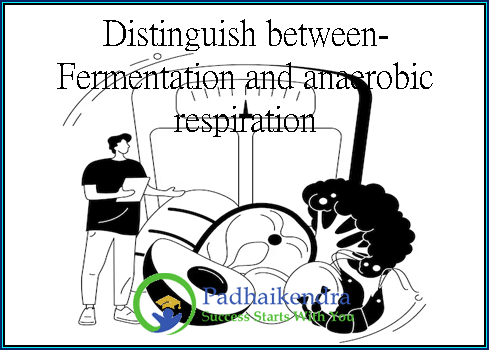Fermentation and anaerobic respiration are both metabolic processes that occur in the absence of oxygen, but they differ in their end products and the amount of energy produced.
Fermentation is a process by which cells break down glucose into simpler compounds, such as lactic acid or ethanol, in order to produce energy in the form of ATP. Fermentation is an incomplete process, and it does not require an electron transport chain. As a result, it produces only a small amount of ATP, typically two ATP molecules per glucose molecule. Fermentation is also an anaerobic process that occurs in the absence of oxygen.
Anaerobic respiration, on the other hand, is a more complex process that occurs in some bacteria and archaea, as well as in the muscle cells of some animals. Anaerobic respiration involves the use of an electron transport chain, but it uses an electron acceptor other than oxygen, such as nitrate, sulfate, or carbon dioxide. Anaerobic respiration produces more ATP than fermentation, typically between 2 and 36 ATP molecules per glucose molecule.
The end products of fermentation and anaerobic respiration also differ. Fermentation produces lactic acid or ethanol, while anaerobic respiration produces a variety of end products depending on the electron acceptor used, such as nitrite, sulfide, or methane.
In summary, fermentation is a simpler process that produces less ATP and results in the production of lactic acid or ethanol. Anaerobic respiration is a more complex process that produces more ATP and results in the production of a variety of end products depending on the electron acceptor used.





